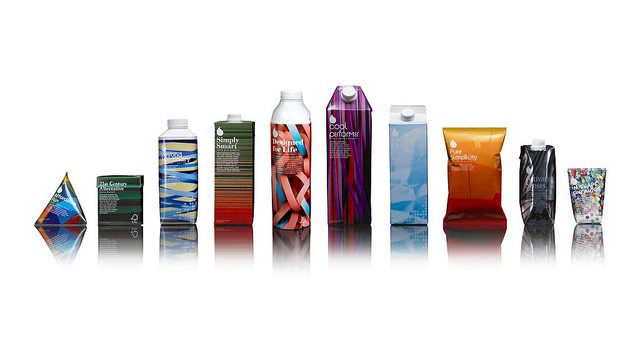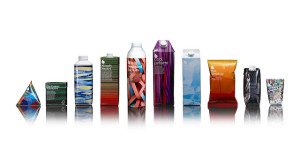Product colors, labels and packaging often catch the eye of consumers. Businesses work very hard to ensure that consumers recognize their products, because not only will they purchase a product that is aesthetically pleasing, but also brand mark that they trust. So how can business owners protect their mark and the physical appearance of their goods and services?
Trademark
A trademark is a mechanism for identifying the source of a good or service and a technique for providing marketing advantages for the owner of the trademark. According to the United States Trademark and Patent Office (hereinafter USTPO), it is “any word, name, symbol, or device, or any combination thereof, other than a trade name in its entirety, adopted and used by a person to identify their goods and distinguish them from similar goods made or sold by others.”
Trade Dress
A form of trademark protection that is used to protect the physical appearance of a product or service and which protect businesses from competitors is known as trade dress. According to the International Trademark Association (hereinafter INTA), ”[t]rade dress is the overall commercial image (look and feel) of a product or service that indicates or identifies the source of the product or service and distinguishes it from those of others. It may include the design or configuration of a product; the labeling and packaging of goods; and/or the décor or environment in which services are provided. Trade dress can consist of such elements as size, shape, color and texture, to the extent such elements are not functional. In other countries, Trade dress can be referred to as ‘get-up’ or ‘product design’. For example, an appellate court found that a restaurant’s décor, menu, layout and style were protectable under trade dress.
Federal and State Regulation
Trade dress in the United States is regulated by both federal and state laws. The Lanham Act, which governs federal trademark law, provides protection for trade dress. On the state level, some statutes offer protection for trade dress, and are usually modeled after the federal Lanham Act. The USPTO provides a list of states and a link to the applicable trademark law or registration documents here.
Registration
According to the INTA, “[a]n application to register trade dress with the USPTO must include all of the same content as any other trademark application, including a description of the trade dress, identification of the products and/or services to be covered and payment of the appropriate fee”. The trade dress must be:
- Distinctive (i.e. consumers would recognize it to identify the product’s source)
- Nonfunctional (i.e. it is not essential to the use or purpose of the product or service).
Trade Dress Infringement and Unfair Competition
The Lanham Act, in Section 43(a), protects unregistered trademarks in order to prevent “unfair competition.” According to Al-Site Corp. v. VSI Intern., Inc., to prove trade dress infringement or unfair competition, the plaintiff must show:
(1) the inherent distinctiveness or secondary meaning of its trade dress,
(2) the essential nonfunctionality of its trade dress, and
(3) the likelihood of customer confusion as to its origin, sponsorship, or approval due to similarity between its and the defendant’s trade dress. 174 F.3d 1308, 1326 (1999).
For more information about trade dress, contact Revision Legal’s trademark attorneys. Use the form on this page or call (855) 473-8474.






